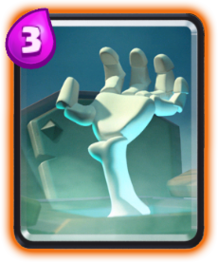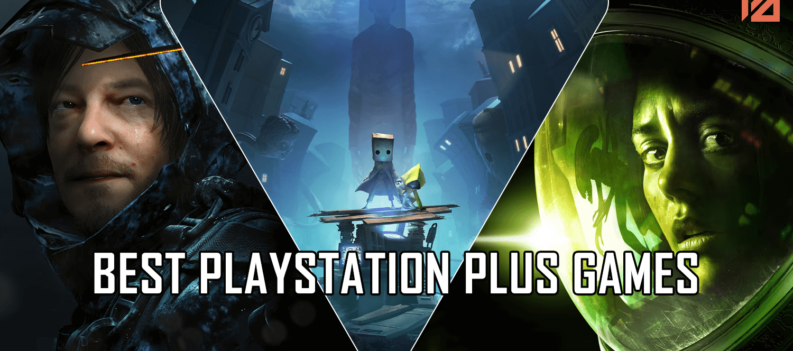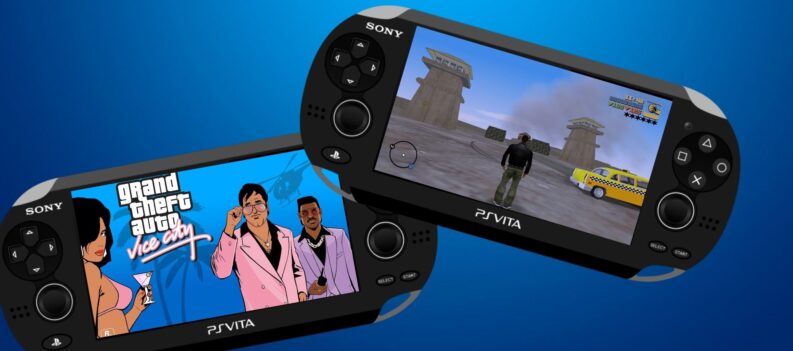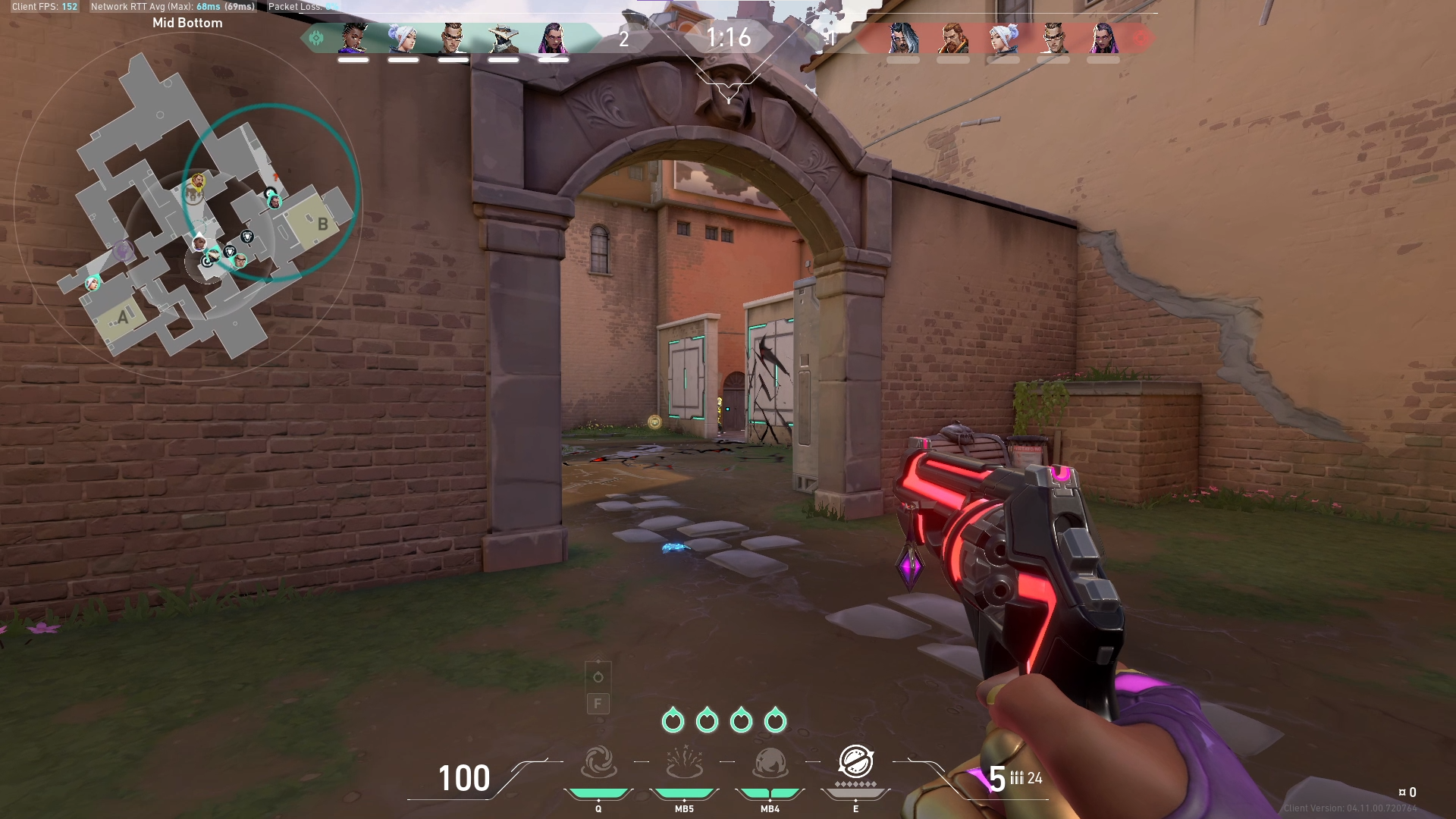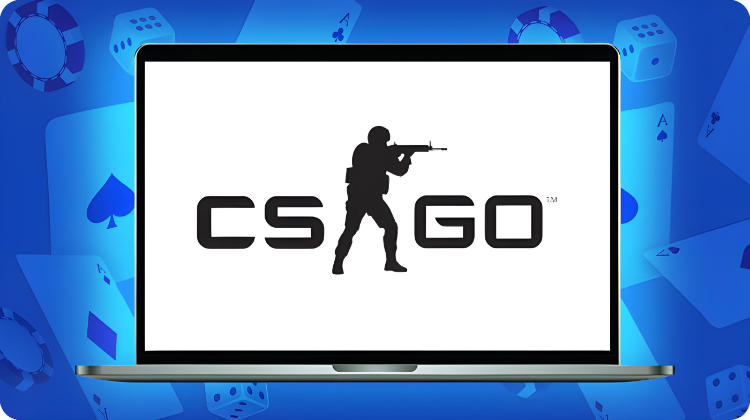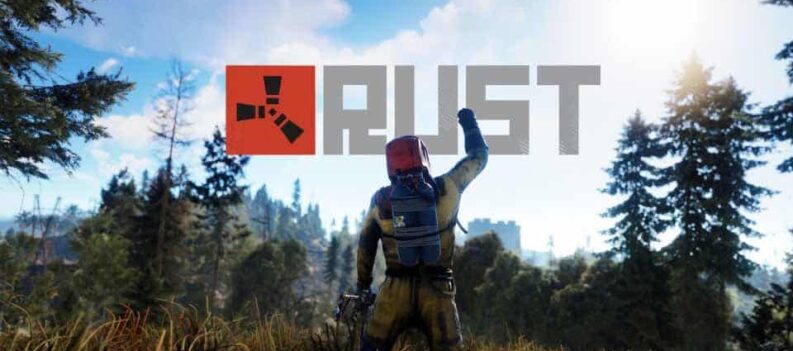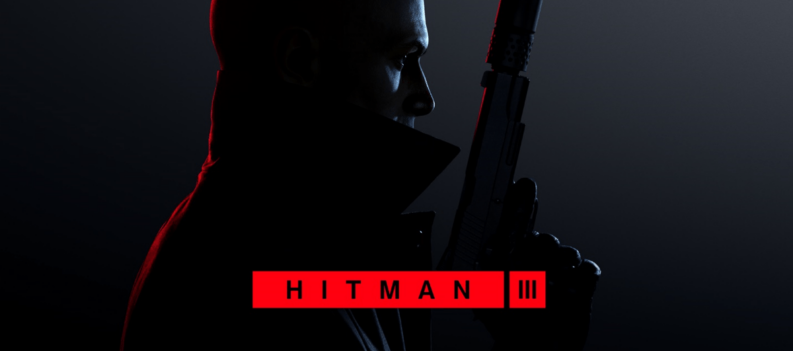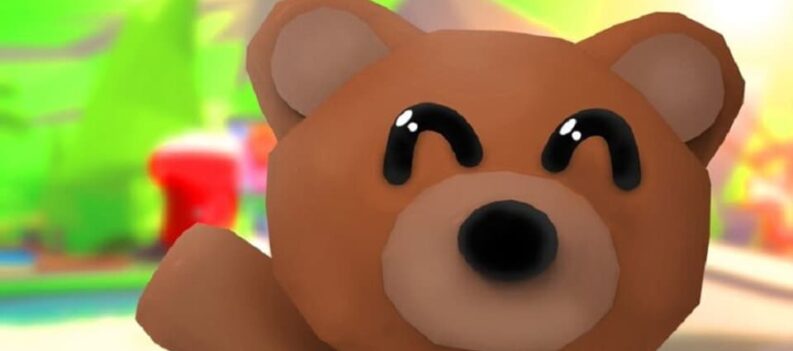Welcome to A Brief History of. As you may or may not know this is Pure PlayStation, ok you probably didn’t know that as we’re pretty much the newest kids on the block. We’re a dedicated PlayStation website and we thought it might be a nice idea to do a brief history of all Sony’s first-party studios in order to familiarise ourselves and our growing audience with the PlayStation family. The plan is to post a new entry to the series on the first Monday of every month until we’re out of first-party studios to look into. Last week we looked into Naughty Dog, if you missed it this link will take you there. This week, as the title implies, we’re looking at Guerrilla Cambridge and Guerrilla Games. Technically Guerrilla Cambridge and Guerrilla Games are two different studios, but because I’m having difficulties finding information on the former I’m going to group them both into one article, starting with Guerrilla Cambridge because they were founded first.

As with Naughty Dog last month, Guerrilla Cambridge was not founded under its current name. It was founded by Michael Hayward, Tony Beckwith and Ian Saunter as Millennium Interactive in 1988 and between then and their purchase by Sony in 1997 they released a staggering 35 games, although some of them were in collaboration with other studios and they only acted as publisher on a number of others without actually playing an active role in their development. I’m not going to list every game they developed here, but one of their most noticeable IPs was James Pond – you’ll never guess which fictional British spy Mr. Pond was a parody of. Other games in their catalogue include Frogger and Rome: Pathway to Power.
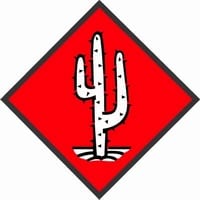
A tiny Lost Boys logo.
Then, July 1997 came around and along with it came Sony’s purchase of Millennium Interactive, which was renamed as SCE Cambridge Studio. They made 12 games under this name, which spanned across the first three PlayStation home consoles and the PSP. Amongst these were the three MediEvil games (two on PS1 and one on PSP) and LittleBigPlanet for the PSP. They also contributed to six other games including Killzone 2, Heavenly Sword and PlayStation Home. Then in January 2012 Sony did a little restructuring with its UK studios which resulted in Bigbig being shut down and SCE Cambridge Studio being renamed as Guerrilla Cambridge. Since then they have only released one game, which was Killzone: Mercenary for the PS Vita, and are currently working on RIGS for PlayStation VR. That’s a minimized version of all there is to say on the studio, bar the reason it was renamed Guerrilla Cambridge was so it could act as a sister company to Guerrilla Games. With that in mind the narrative will now rewind a little and look at the foundation of Guerrilla Games.
Guerrilla Games was founded in 2000 when three smaller Dutch developers decided to merge together, although they were originally known as Lost Boys Games. Two of the teams that joined the merger were Orange Games (who had previously developed Jazz Jackrabbit) and Digital Infinity (who had previously worked on Knights, but that was cancelled). As Lost Boys they made a video game version of the TV show Big Brother, which ended up being nothing more than a Pac Man clone. They released a few handheld games as well, such as Tiny Toon Adventures: Dizzy’s Candy Quest (in which Dizzy Devil had to stop Montana Max from stealing all the candy in the world, yes these are the guys behind Killzone) and Rhino Rumble. The company went through a little restructuring in or around mid-2003 and it ended up being sold off too Media Republic under a new name. That new name was Guerrilla Games.

Guerilla Game’s logo.
Guerrilla wasted no time in putting a little distance between themselves and Tiny Toon Adventures: Dizzy’s Candy Quest when they immediately began work on two more mature titles: Killzone and Shellshock: Nam ’67. They developed Shellshock for Eidos Interactive and it came out in September 2004 on PC, PS2 and Xbox. Its reviews averaged in the fifties and it didn’t sell all that well, although Eidos did commission a sequel called Shellshocked 2: Blood Trails, but it was developed by Rebellion. As for Killzone it came out in November 2004 (although Japan had to wait until October 2005). Killzone’s reviews were a little more varied that Shellshock’s and it averaged in the seventies, although it went as low as 30 and as high as 100. Luckily for Killzone, Sony invested a lot of money into marketing their would-be-Halo-killer and it ended up selling over a million copies.
Sony liked those numbers, in fact Sony liked those numbers very much, in fact Sony liked those numbers so much so that in 2005 they outright purchased Guerrilla Games making them a first party studio. What task did Sony set its new studio? Well the obvious move would be the task of making a Killzone sequel, so that’s exactly what they did. That sequel caused quite a stir at E3 2005 when some fans were blown away by Killzone 2’s incredible graphics, however other fans were more sceptical (you can view the trailer in question below this paragraph). Unfortunately, the sceptics were right and it turned out that it was a pre-rendered trailer that was not an honest representation of how Killzone 2 would actually look, although it ended up looking pretty damn fine none the less. Killzone 2 launched on the PS2 in February 2009 (although Japan had to wait until April) to very positive reviews that averaged in the nineties.
As this is meant to be a brief history of Guerrilla Games and not a long drawn out history of the Killzone franchise I’m going breeze through their other releases and get you all up to speed on what Guerrilla is working on right now. While Killzone 2 was announced in 2005 it didn’t release until 2009, but that didn’t mean all of Guerrilla’s time was spent working on Killzone 2, in 2006 they actually released a portable version of the franchise for the PSP, which was called Killzone: Liberation. Liberation tossed the series first-person perspective out the window and adopted an isometric point of view, which turned out to be a good move because the game’s reviews averaged in the high seventies.
Naturally Killzone 3 came next, which hit the stores in February 2011. Again, the game received positive reviews, averaging in the mid-eighties. A Killzone collection was then released in 2012 for the PS3, it contained all three home console releases and all of their DLC packs. If you thought that would be the last you’d see of ol’ Killzone then you were dead wrong. In February 2013 Guerrilla announced that they were working on the next game in the series: Killzone: Shadow Fall. This was a launch title for the PlayStation 4 in November 2013 and its reviews averaged in the seventies. It seems that after Shadow Fall Guerrilla needed a break from Killzone and in June 2015 they announced that their next title would be Horizon: Zero Dawn. Horizon will, hopefully, release sometime in 2016 for the PlayStation 4.

Doesn’t Horizon look real purdy?
Ladies and gentlemen that was a brief history of Guerrilla Games and Guerrilla Cambridge, I hope you enjoyed it. I’m not entirely sure which Sony first party studio I’ll tackle next, but you’ll be able to find out on the first Monday in April. If you have a recommendation feel free to shout it out @conorlhutton.


